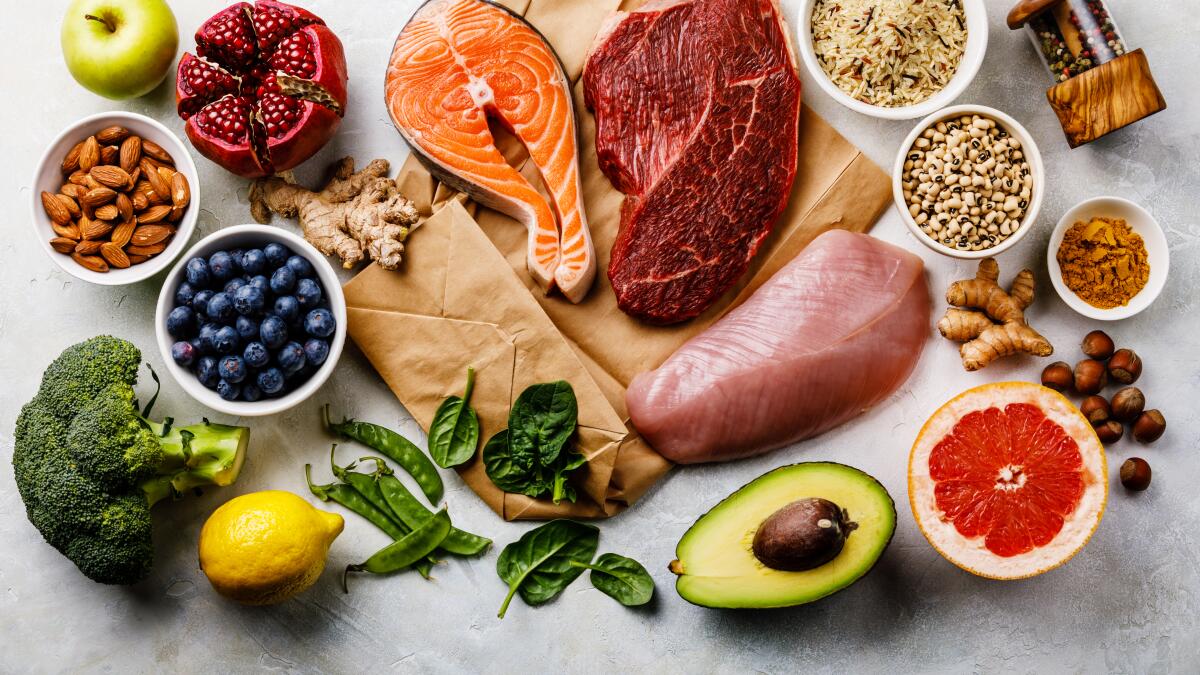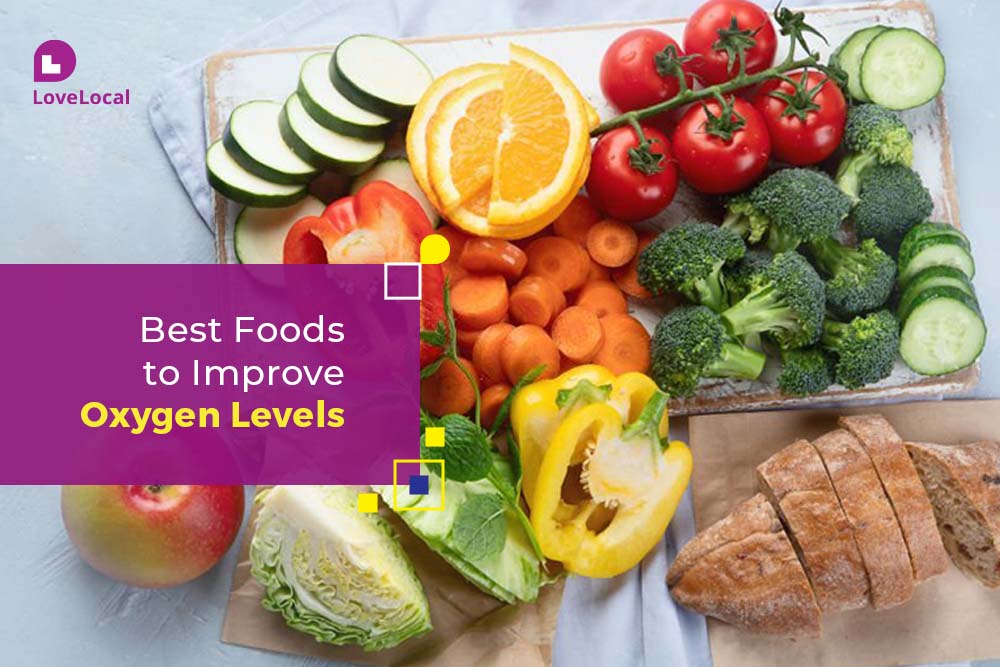Oxygen is essential for life. It is used by every cell in your body to produce energy. When you have low oxygen levels, you may feel tired, weak, and short of breath.
There are a number of things you can do to normal oxygen levels, such as exercising regularly and quitting smoking. Eating a healthy diet is also important. Some foods are particularly beneficial for oxygen levels.
Before diving into the list of best foods for oxygen levels let’s understand oxygen and its functioning in human body.

Oxygen and its Functions in Human Body.
Oxygen is a vital gas that is essential for human life. It is necessary for the production of energy in the body’s cells. Oxygen is also involved in many other bodily functions, such as cell regeneration, wound healing, and immune function.
Oxygen enters the body through the lungs and is transported to the tissues by the blood. The blood contains a protein called hemoglobin, which binds to oxygen and carries it to the tissues. Hemoglobin is a red protein, which is why blood is red.
When oxygen reaches the tissues, it is released from hemoglobin and diffuses into the cells. Inside the cells, oxygen is used to produce energy in a process called cellular respiration. Cellular respiration is the process by which the body converts food into energy.
Now when we have learned about oxygen and its importance let’s explore the list of foods that helps in maintaining the oxygen levels in our body.
Foods that Boost Oxygen Levels
There are a number of different foods that can help to boost your blood oxygen level or atleast help to maintain normal blood oxygen level. These foods are typically high in iron, nitrates, and antioxidants.

- Iron
Iron is a mineral that is essential for carrying oxygen throughout the body and hence maintaining the normal blood oxygen level. Iron-rich foods include:
- Nitrates
Nitric oxide is produced in the body from nitrates. Nitric oxide helps to dilate blood vessels, improve blood flow and maintain normal oxygen level in human body. Nitrate-rich foods include:
- Spinach, kale, and collard greens are all examples of leafy green vegetables.
- Beets
- Carrots
- Celery
- Garlic
- Onions
- Antioxidants
Your cells are protected by antioxidants from damage brought on by free radicals. Free radicals can contribute to low oxygen levels. Antioxidant-rich foods include:
- Fruits and vegetables, especially berries, citrus fruits, and tomatoes
- Nuts and seeds
- Whole grains
- Dark chocolate
Other Foods that may Improve Blood Oxygen Level
In addition to the foods listed above, there are a number of other foods that may help to improve oxygen levels. These foods include:
- Fatty fish: Omega-3 fatty acids are abundant in fatty fish, including salmon, tuna, and mackerel. Fatty acids have anti-inflammatory properties and may help to improve blood oxygen flow.
- Turmeric: Turmeric is a spice that contains curcumin. Curcumin is a powerful antioxidant that may help to improve oxygen levels.
- Ginger: Another spice with anti-inflammatory effects is ginger. It may also help to improve circulation, blood flow and maintain normal oxygen level in human body.

Oxygen is also involved in many other bodily functions, such as:
- Cell regeneration: Oxygen is needed for the production of new cells.
- Wound healing: Oxygen is needed for the repair of damaged tissues.
- Immune function: Oxygen saturation is needed for the production and function of white blood cells, which are responsible for fighting infection.
Oxygen Levels in Human Body
The normal oxygen level in the human body is between 95% and 100%. Oxygen levels can be measured with a pulse oximeter, which is a small device that clips onto your finger. oximeter normal range
If oximeter normal range that is 95% drops, you may be experiencing hypoxia, which is a condition in which the body does not have enough oxygen. Hypoxia can cause a variety of symptoms, such as shortness of breath, fatigue, dizziness, headache, and confusion. In severe cases, hypoxia can lead to coma and death.
Causes of Low Oxygen Levels
There are a number of things that can cause low oxygen levels, including:
- Lung disease: Lung diseases, such as asthma, COPD, and pneumonia, can reduce the amount of oxygen that enters the bloodstream.
- Heart disease: Heart disease can reduce the amount of blood oxygen that is pumped to the tissues.
- Anemia: Anemia is a condition in which the blood does not have enough red blood cells or hemoglobin. This can reduce the amount of oxygen that is carried to the tissues.
- High altitude: At high altitude, the air contains less oxygen. This can reduce the amount of oxygen that enters the bloodstream.
Symptoms of Low Oxygen Levels
When the body’s oxygen levels drop, a person may experience a variety of symptoms, such as:
- Shortness of breath
- Fatigue
- Dizziness
- Headache
- Confusion
- The skin and lips turns blue.
How To Increase Blood Oxygen Level with Your Eating Habits:
When planning your meals and snacks, focus on including a variety of foods that are rich in iron, nitrates, and antioxidants. Here are some tips on how to increase blood oxygen level:

- Start your day with a bowl of oatmeal or yogurt topped with berries and nuts.
- For lunch, have a salad or sandwich with plenty of leafy greens and other vegetables.
- At dinner, include a lean protein source, such as fish, chicken, or tofu, and a variety of vegetables.
- Throughout the day, munch on fruits, veggies, nuts, and seeds.
Other Tips for Improving Oxygen Levels:
In addition to eating a healthy diet, there are a number of other things you can do to improve your oxygen levels, such as:
- Exercising regularly: Exercise helps to strengthen your heart and lungs and improve your overall cardiovascular health. On most days of the week, try to get in at least half an hour of moderate-intensity exercise.
- Quitting smoking: Smoking damages your lungs and makes it difficult for your body to absorb oxygen. Quitting smoking is one of the best things you can do for your overall health, including your oxygen levels.
- Getting enough sleep: Sleep is crucial for your body’s healing and restoration. Sleep for 7-8 hours every night.
Treatment for Low Oxygen Levels
Depending on the underlying reason, low oxygen levels may require treatment. If the cause is a lung disease, such as asthma or COPD, the patient may need to take medication to open their airways. If the cause is heart disease, the patient may need to take medication to strengthen their heart or undergo surgery to improve their heart function. If the cause is anemia, the patient may need to take iron supplements or receive a blood transfusion.
Conclusion
Eating a healthy diet is one of the best things you can do to improve oxygen saturation. Focus on including a variety of foods that are rich in iron, nitrates, and antioxidants. You should also exercise regularly, quit smoking, and get enough sleep. By following these tips, you can improve your oxygen levels and boost your overall health.



